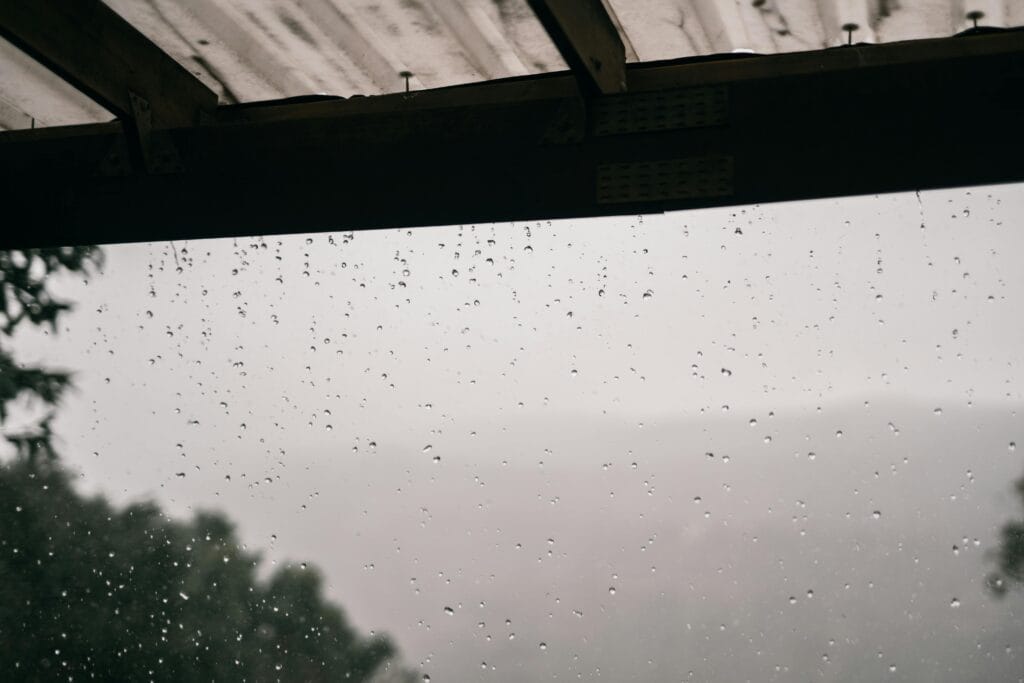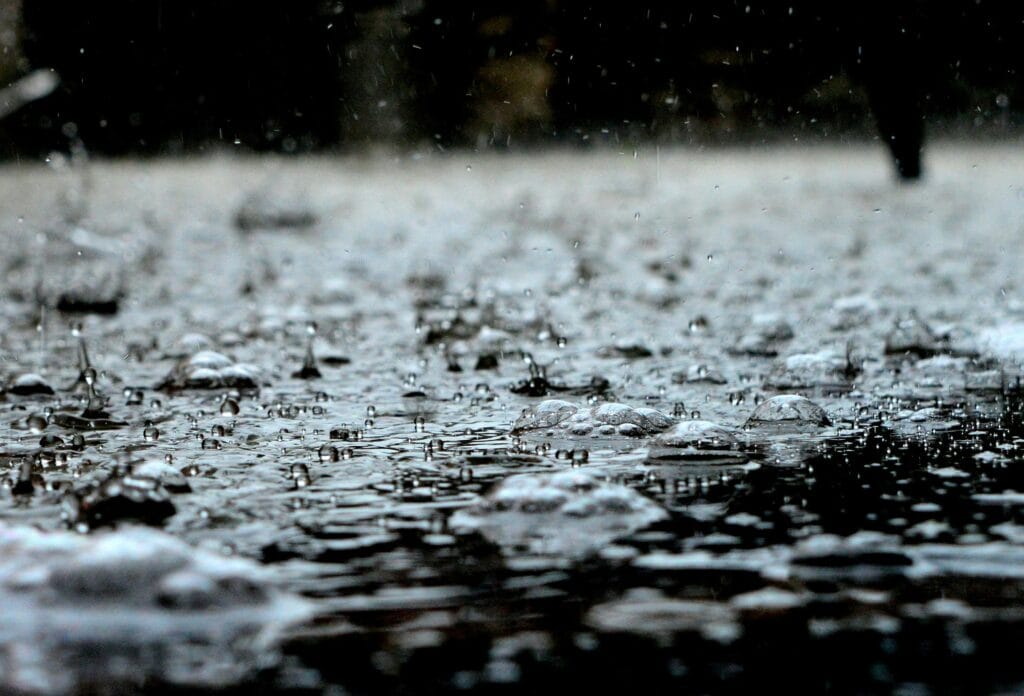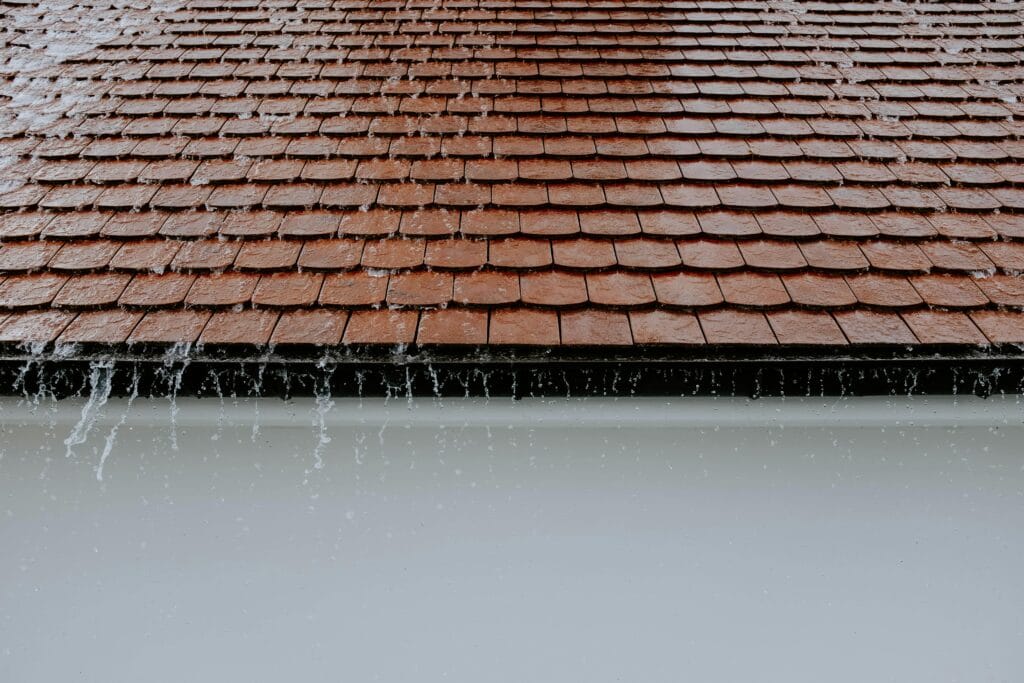Spring is a time of renewal, but it also brings a hidden danger: water intrusion. As temperatures rise and the days get longer, more frequent rainfall can lead to serious issues for your home. Spring showers increase water intrusion risk in ways you may not expect. From overloaded drainage systems to aging infrastructure, the combination of heavier rains and melting snow can overwhelm your home’s defenses. Understanding these risks is the first step in preventing severe water damage this season. Let’s explore how these seasonal changes impact your property and what you can do to protect it.
How Spring Showers Increase Water Intrusion Risk
Spring showers bring much-needed rain, but they also create the perfect conditions for water intrusion. As the weather warms, spring showers increase water intrusion risk by saturating the ground and making it easier for water to find its way into your home. When the soil becomes waterlogged, it can no longer absorb the rainfall, causing excess water to flow toward your foundation. This can lead to leaks, flooding, and even structural damage if left unchecked. Common entry points like windows, roofs, and basements become vulnerable during this time, so it’s crucial to stay alert and proactive.
The Importance of Inspecting Your New Home
If you’ve just moved into a new home in Central Wisconsin, one of the first things you’ll want to consider is the risk of water intrusion. Our region is no stranger to heavy snowfalls in the winter and heavy rains in the spring, both of which can lead to water issues if your home isn’t properly protected. Areas near rivers, lakes, and low-lying land can be especially prone to flooding and excess moisture. To avoid any unpleasant surprises, it’s crucial to inspect your new home thoroughly. Look for signs of past water damage, like mold or stains on the walls and ceilings. Make sure gutters and downspouts are clear and functioning, and inspect the foundation, windowsills, and roof for cracks or gaps that could allow water in.
Aging Infrastructure and Spring Showers Don’t Mix Well
Older homes often face more challenges when spring showers roll in. With age, the materials that protect your home—like the roof, windows, and foundation—can weaken and develop small cracks or gaps. Spring showers increase water intrusion risk in these areas because the constant rain can exploit these vulnerabilities. For example, worn-out shingles may no longer effectively shed water, while outdated window seals might let moisture slip inside. Even the smallest issues can quickly turn into bigger problems when the rain doesn’t stop. Regular inspections and timely repairs can help avoid costly water damage down the road.

The Role of Melting Snow and Excess Water
As winter melts away, the combination of spring rain and melting snow can cause an overwhelming amount of water to accumulate. The snow that builds up during the colder months starts to thaw, adding extra moisture to the already saturated ground. This creates a situation where drainage systems, often designed for smaller amounts of rain, can become easily overwhelmed. When these systems fail to keep up with the flow, water starts to pool around your home, potentially seeping into your basement or foundation. Homes located in areas with significant snowfall are especially at risk during this time.
Increased Ground Saturation and Water Runoff
Heavy spring rains quickly saturate the ground, leaving it unable to absorb more water. When the soil reaches its capacity, the excess water starts to run off, flowing toward lower areas like your foundation. This runoff can pool around the base of your home, seeping through cracks or gaps in the foundation and causing water to enter. In some cases, the pressure from the surrounding water can even cause walls to crack, leading to further damage. Proper drainage systems and grading around your home are essential to redirect this runoff and prevent flooding from infiltrating your space.

Seasonal Shifts: Expanding and Contracting Materials
As temperatures fluctuate in the spring, materials around your home expand and contract. This seasonal shift can cause small gaps to form in areas like windows, doors, and foundations, creating openings for water to sneak in. For example, wood may swell with moisture and then shrink as it dries, leaving tiny spaces. Concrete and other materials can crack due to this constant expansion and contraction. These small changes may not seem significant at first, but they can allow rainwater to seep through and cause damage over time. Regular inspections and proper sealing can help keep your home protected.
The Risk of Delayed Maintenance and Its Consequences
Putting off home maintenance can be tempting, but it comes with risks, especially as spring showers begin. Small issues, like a leaking roof or cracked window seals, may seem harmless at first, but when the rains arrive, they can quickly turn into bigger problems. If your home isn’t properly maintained, these minor issues can lead to significant water damage. Ignoring regular inspections or delaying repairs on things like gutters, foundations, or roofing can cost you more in the long run. Taking care of these issues before the rain starts is a smart way to avoid expensive repairs.
Simple Tips to Prevent Water Intrusion During Spring Showers
Spring rains and melting snow in Central Wisconsin can quickly overwhelm homes if you’re not prepared — but a few small steps can make a big difference:
- Check your insurance policy: Make sure you have coverage for water backup or sump pump failure — many policies don’t include this automatically.
- Test your sump pump: Pour a bucket of water into the pit to make sure it turns on and pumps out properly.
- Have a backup plan: Consider a battery-powered backup sump pump, a water-powered backup pump, or even a small generator to keep pumps running if the power goes out.
- Clear gutters and downspouts: Make sure they’re free of debris and extensions are directing water at least 5 feet away from your foundation.
- Walk your property after rain: Look for areas where water pools near your home and regrade or add extensions as needed.
- Re-caulk windows and doors: Replace cracked or missing caulk to keep moisture from creeping in.
- Move snow piles away: If there’s still snow near your foundation, move it farther out so it doesn’t melt into your basement.
A few quick actions now can save you from major headaches and costly repairs later.

Conclusion: Protect Your Home from Spring Showers
As spring arrives, it’s essential to be aware of how spring showers increase water intrusion risk and take action to protect your home. By staying proactive with regular maintenance and simple precautions, you can reduce the chances of water damage and ensure your home remains dry throughout the season. Don’t wait for small issues to turn into major problems—inspect your roof, clean your gutters, and seal any cracks now. Taking these steps will help you enjoy the beauty of spring without worrying about the potential damage that rain can cause. Stay ahead of the showers, and keep your home safe!


